One of the tours that Asian Adventures conducts in Eastern India is the Eagle’s Nest Birding Tour, named after the Eagle Nest Wildlife Sanctuary of Arunachal Pradesh. John Bayern was one of the guests I guided on this tour in the winter of 2016. He was introduced to this tour by his friend Alfred Nikov from Germany, who took this trip via Asian Adventures in 2013.
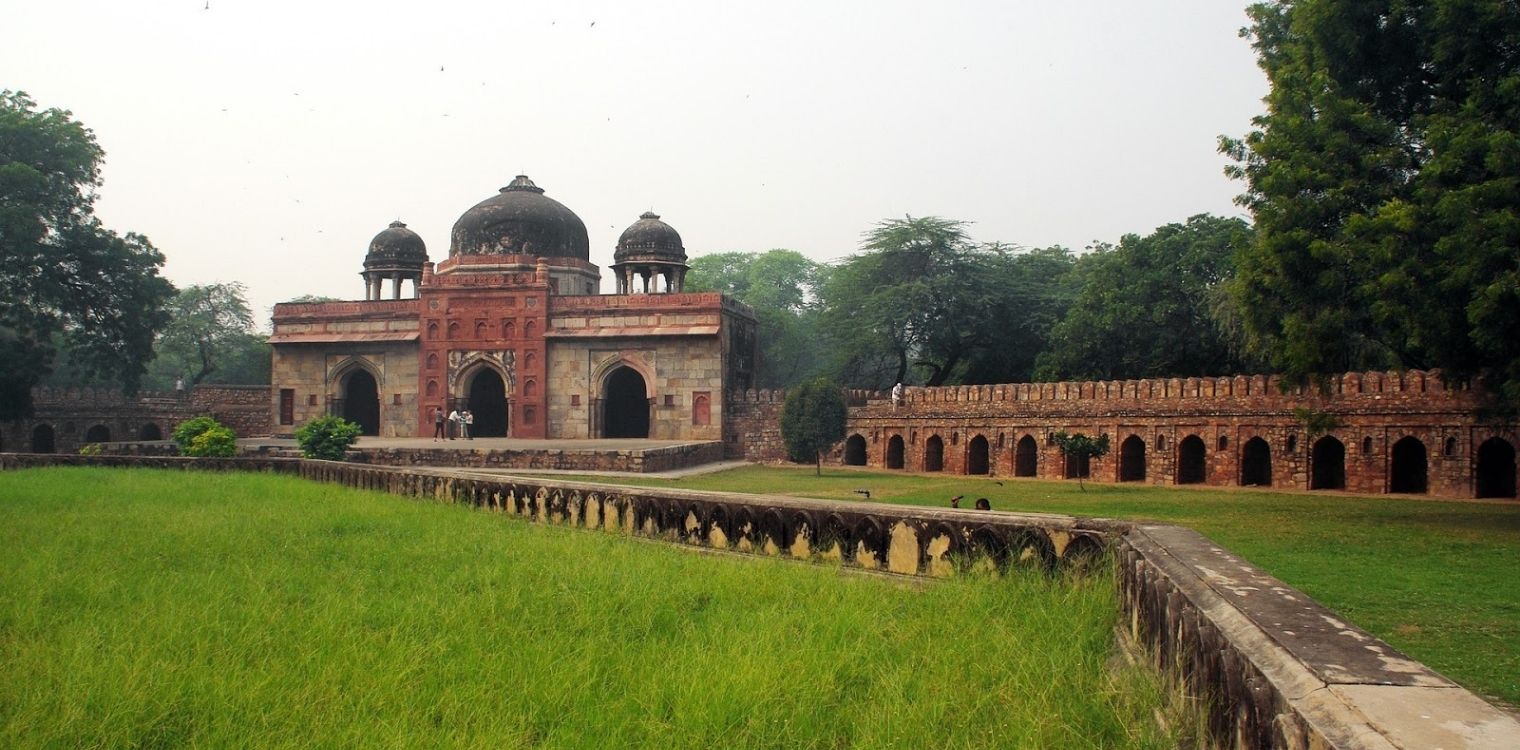
from Asian Adventures flew these 10 birders to Guwahati. On this trip I had to guide 10 Birders who had come from different parts of Europe.
I joined them right at the Guwahati Airport from where all 11 of us straight away left for the Nameri Tiger Reserve by road. On the way along some small water bodies, we spotted the rare white-winged duck and wreathed hornbill. It was late evening by the time we all reached the the reserve. We had a hearty meal of the local, sumptuous cuisine at Nameri Eco-Camp; as a guide I briefed them about the upcoming days of the trip and instructed them to retired early in their tents. I also introduced them to three other local guides who join me on this trip to make it an indepth tour of the deepest know-how and knowledge we can provide our guests.
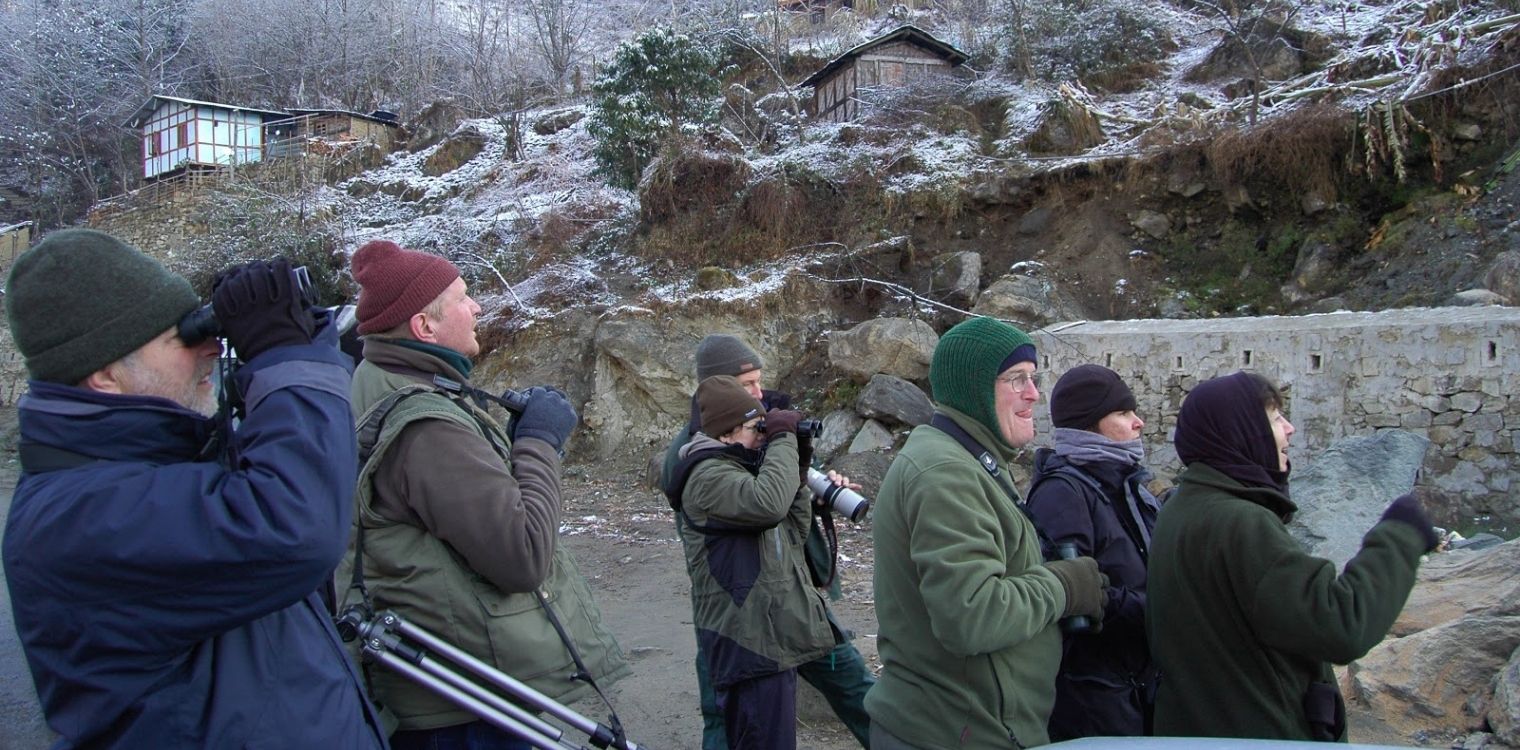
The next day (third day) the three local guides and I took the birders to explore the region to their heart’s content. Nestled at the border of the Assam Valley and mountainous Arunachal Pradesh, Nameri primarily attracts global tourists through its tigers as well as 374 bird species (out of which some are globally threatened). The rare elusive White Winged Wood Duck is the added attraction of Nameri, that we all they were actually lucky to spot!
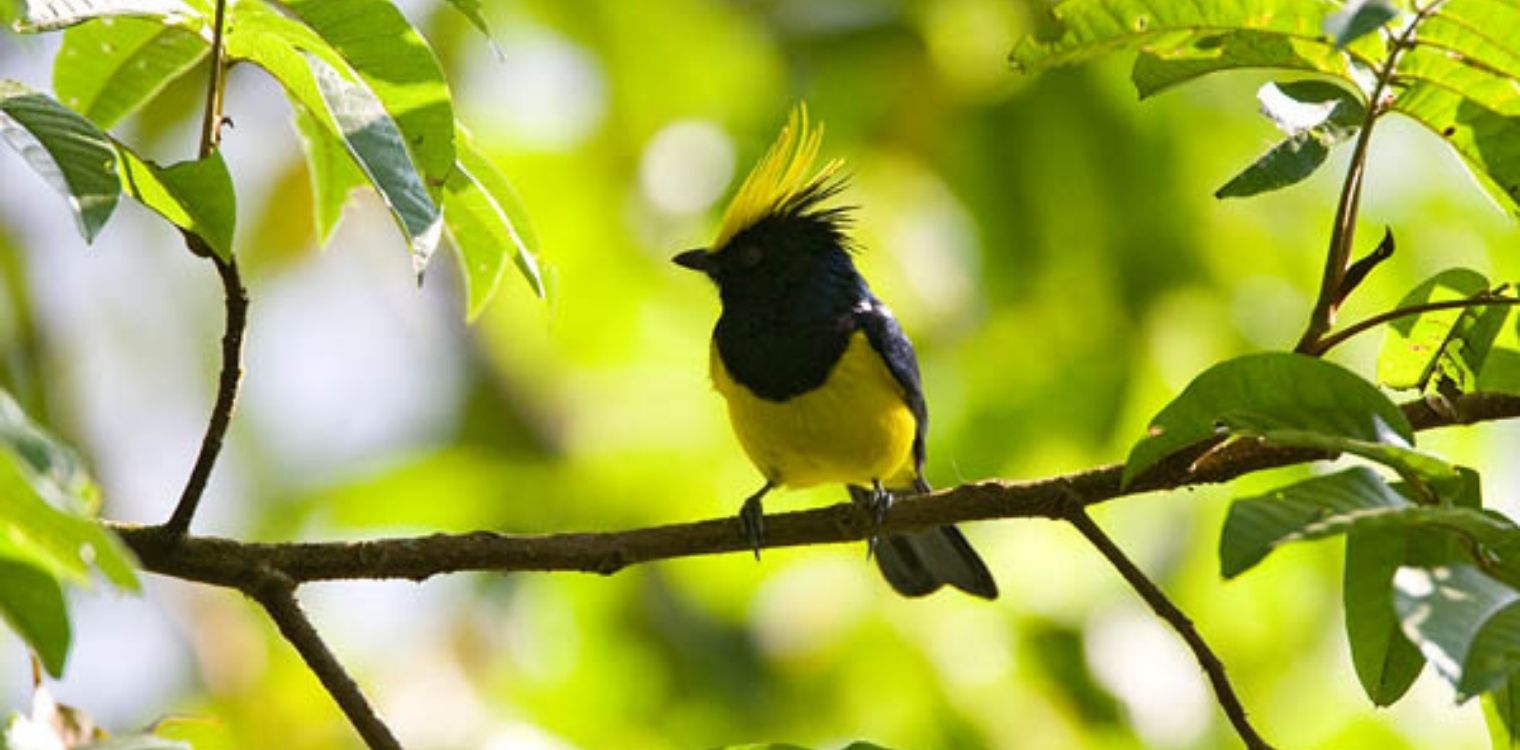
The birders spotted many other birds in the region and during our drive to and fro Nameri Tiger Reserve – Dirangzong. To name a few, it was Ibisbill, Blue-bearded Bee-eater, Long-tailed Broadbill, Green Cochoa, Red-Tailed Minla, Various Tit-Babblers, Fulvettas, Various Yuhinas (Black-Chinned, Rufous-Vented And White-Naped), Parrotbills (Greater And Lesser Rufous-Headed), Mountain Tailorbird, Sultan Tit etc. The night was spent dreaming about the adventure, the thrill all of them had during the day.
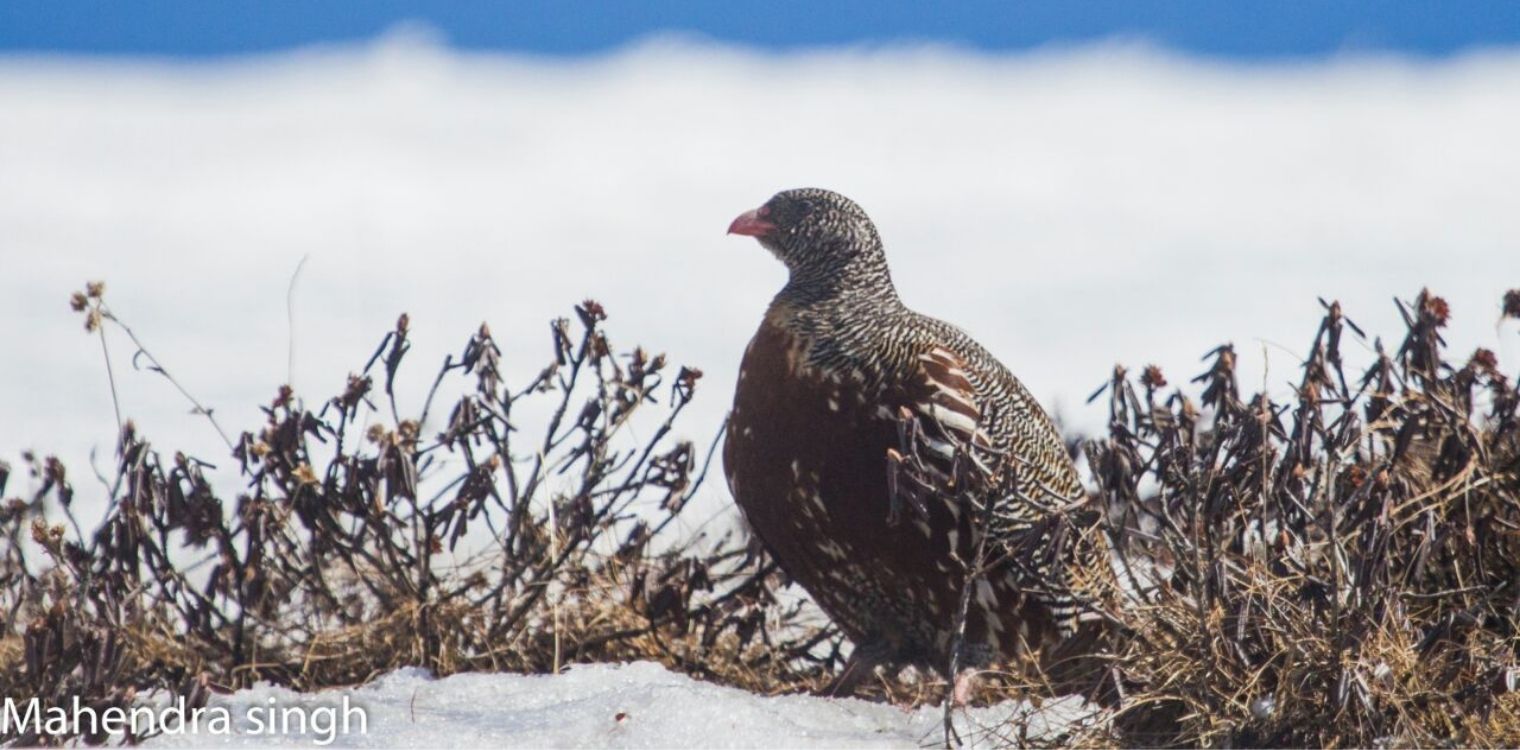
Day 4: Time to head to Sela Pass and Mandala via Shangti Valley. These two regions are considered the two very ‘fertile’ birding spots in the area. The first bird the birders picked in Sela Pass, was White-browed Rosefinch. And then my ears picked a very interesting sound – it was Blood Pheasant. So I immediately asked the birders to stay silent and ensured that their cameras has a quick click before i flew off. Later we four guides introduced them to a flock of beautiful Snow Partridges. The birders mouths were wide open! And I felt so proud!
At Shangti Valley they saw the Solitary Snipe and White-throated Dippers alongwith a flock of flying Red-billed Chough. We spent the night at the lodge in Mandala amid thick forests. “A lovely experience,” said Ramona Bayern from Germany.
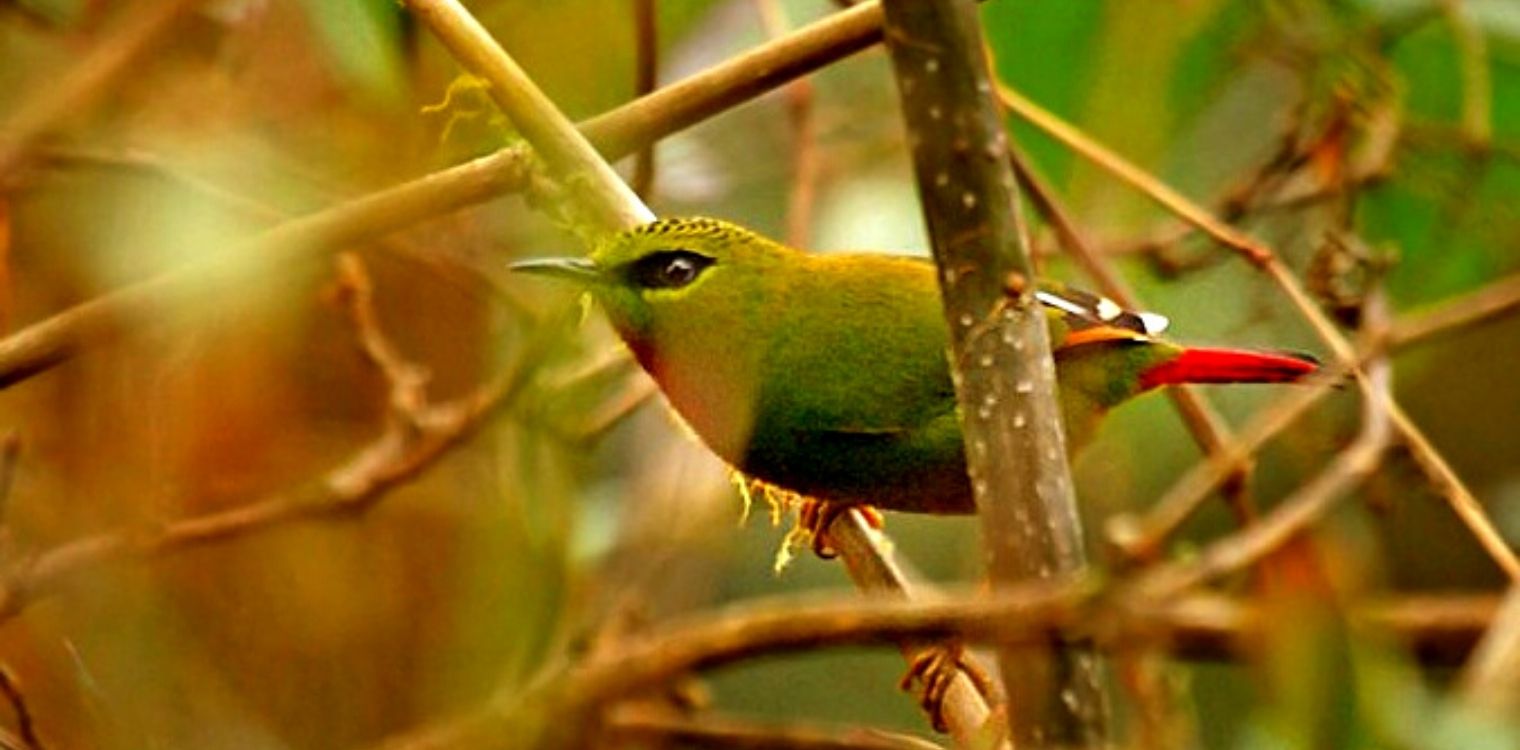
Day 5: was dedicated to explore Mandala, which is home to more than 100 species, some being rare and endangered. Mandala offered more treat for the eyes – Fire-tailed Myzornis, Brown-throated Treecreeper , Ludlow’s Fulvetta and Bhutan Laughingthrush, White-collared Blackbird, Temminck’s Tragopan, Hodgson’s treecreeper, Grey-headed Bullfinch, crimson -breasted woodpecker, Rufous-breasted Accentor, Maroon-backed Accentor. An experience that cannot be penned in words, so I will let the photos speak.
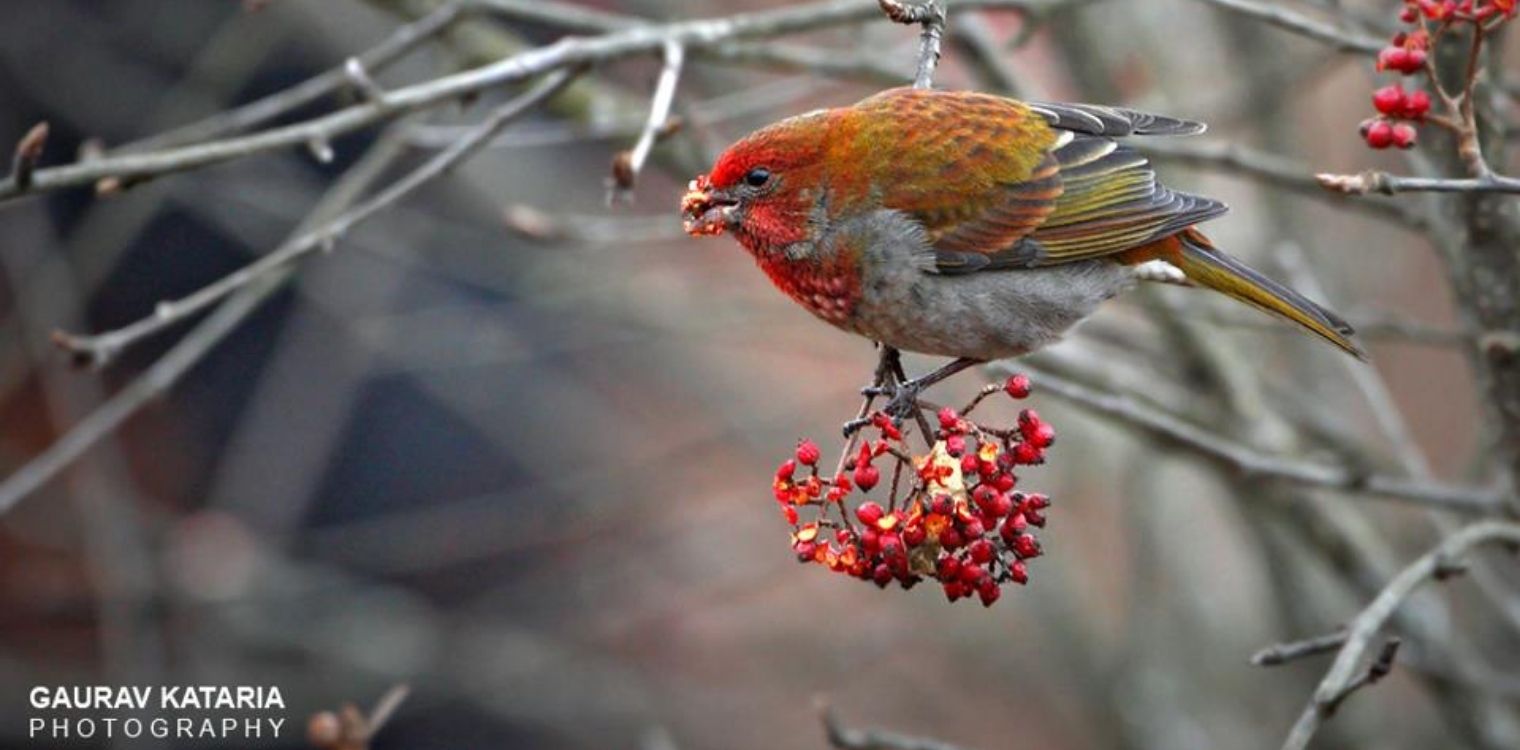
Day 6: was about taking a birding drive from Mandala to Lama Camp. though it was a long drive, but an experience in itself. More than 50 species en-route were captured in the cameras. Among these were Yellow-throated Fulvetta , Rufous-breasted Accentor, Rusty-flanked Treecreeper, Besra , Grey-cheeked Warbler, Green-tailed Sunbird, Olive-backed Pipit, Hill Partridge and Northern Goshawk. When we reached Lama Camp, the Sun was setting giving the entire landscape a very mystical aura. The Lama birding camp has tented accommodation, an ideal setting to wake up to the melodious songs of the laughing thrushes.
And all the ten birders were like super-excited kids, jumping with joy – at the thought of spending the next three days in these luxury tent accommodation.
Day 07 to 10: were spent at Lampa Camp and Bompu where all four of us gudies took the ten birders to every nook and corner of the terrain depending on the birds of their interest.
So be it clicking birds amid bamboo thickets or trekking to even higher altitude alpine forests, we ensured the birders had the best time of their life here.
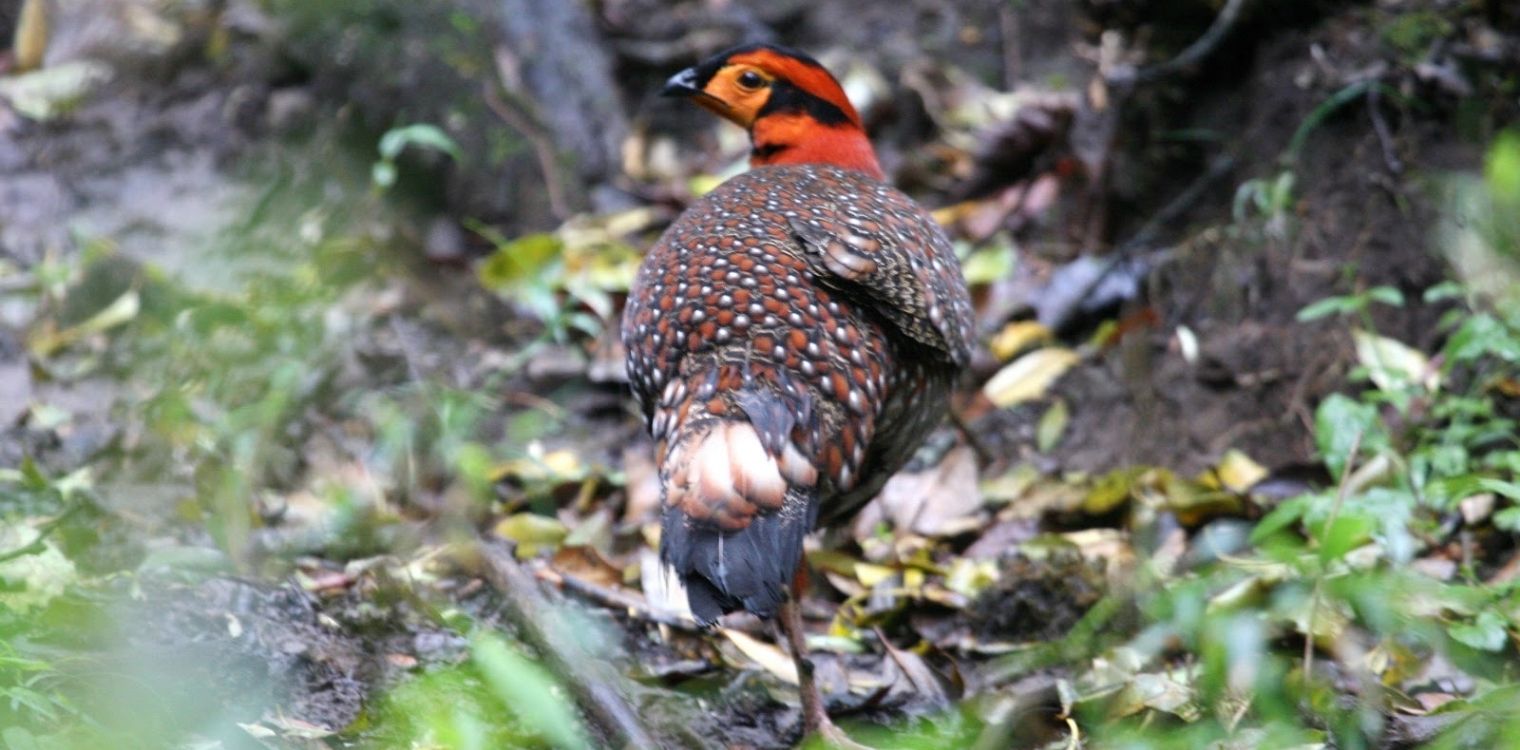
My personal most favourite image captures from this region were of Temminck’s and Blyth’s Tragopans, Hodgson’s frogmouth, Yellow bellied flowerpecker, Golden Bush Robin, Lemon-rumped Warbler, Grey Treepie and Yellow-throated Fulvetta. Sylvia John from London, who is an avid birder and now a very good friend, later told me she recorded more than 75 species in her camera.
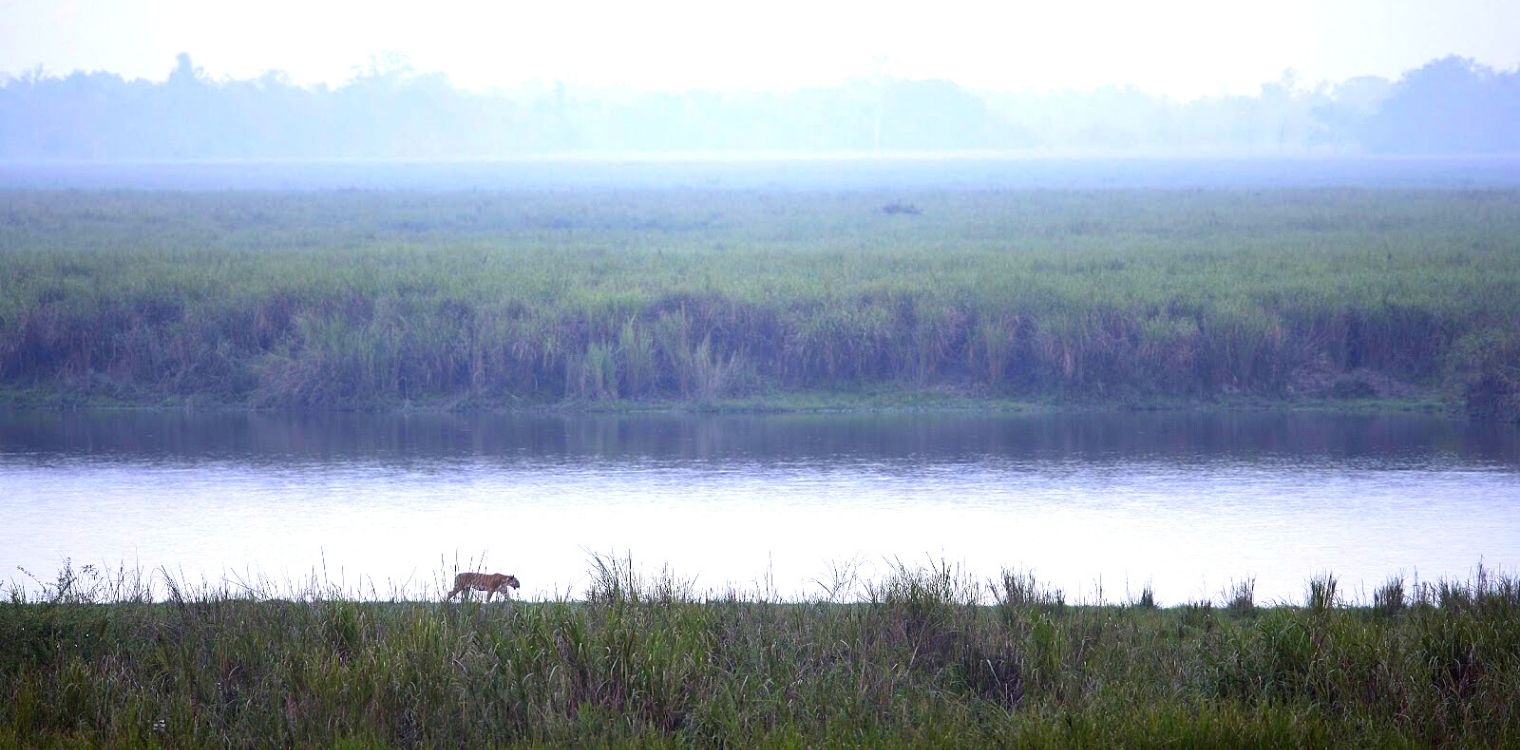
Day 11, This is the day when we head to the Kaziranga National Park, but via Nameri. And this time I ensured that birders spotted species different from what they had spotted at Kameri earlier. And this very act made them feel special. And how did we do it? Well, we at Asian Adventures take them back through Nameri, but via a different route! And the guests get elated to spot birds including the Collared Falconet, Pin-tailed Green and Pompadour Pigeon, Wreathed and Great Hornbill, Dollarbird, Chestnut-headed and Blue-bearded Bee-eater and Daurian Redstart. We all stayed overnight at Nameri. .
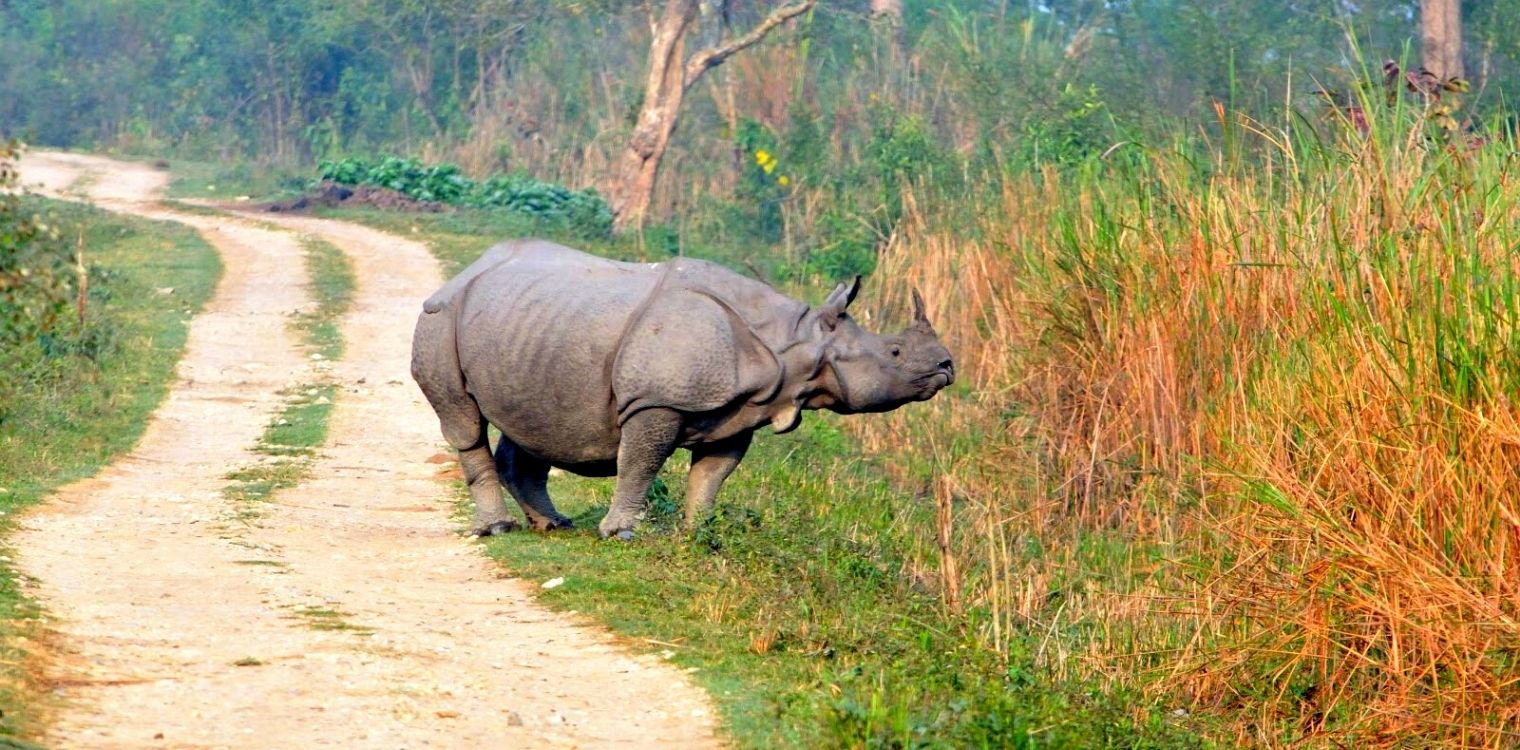
Day 12: This day is usually about taking the guests out for some early morning birding at Nameri and then drive to Kaziranga National Park.
We at Asian Adventures ensure that our drivers are avid birders too, pointing the guests to every stake-pit possible, along the road. So enroute the briders enjoy sights of Prantincoles and various barbets. By the time we reach the lodge at Kaziranga, we take the birders for some Owl Spotting, before calling it a day.
Day 13: Not many know that Kaziranga does not just offer the one-horned Rhino and Asiatic elephants. It has more than what meets the eye. So there were Pelicans perched atop a bald tree; The Bar Headed Geese which had migrated from Kazakhstan, Mongolia and Tibet during winters; a sparse population of Northern Pintail Ducks; an Osprey that was hovering right above us looking for prey; breeding Mallard – a dabbling duck and ofcourse the very beautiful Green Pigeons.
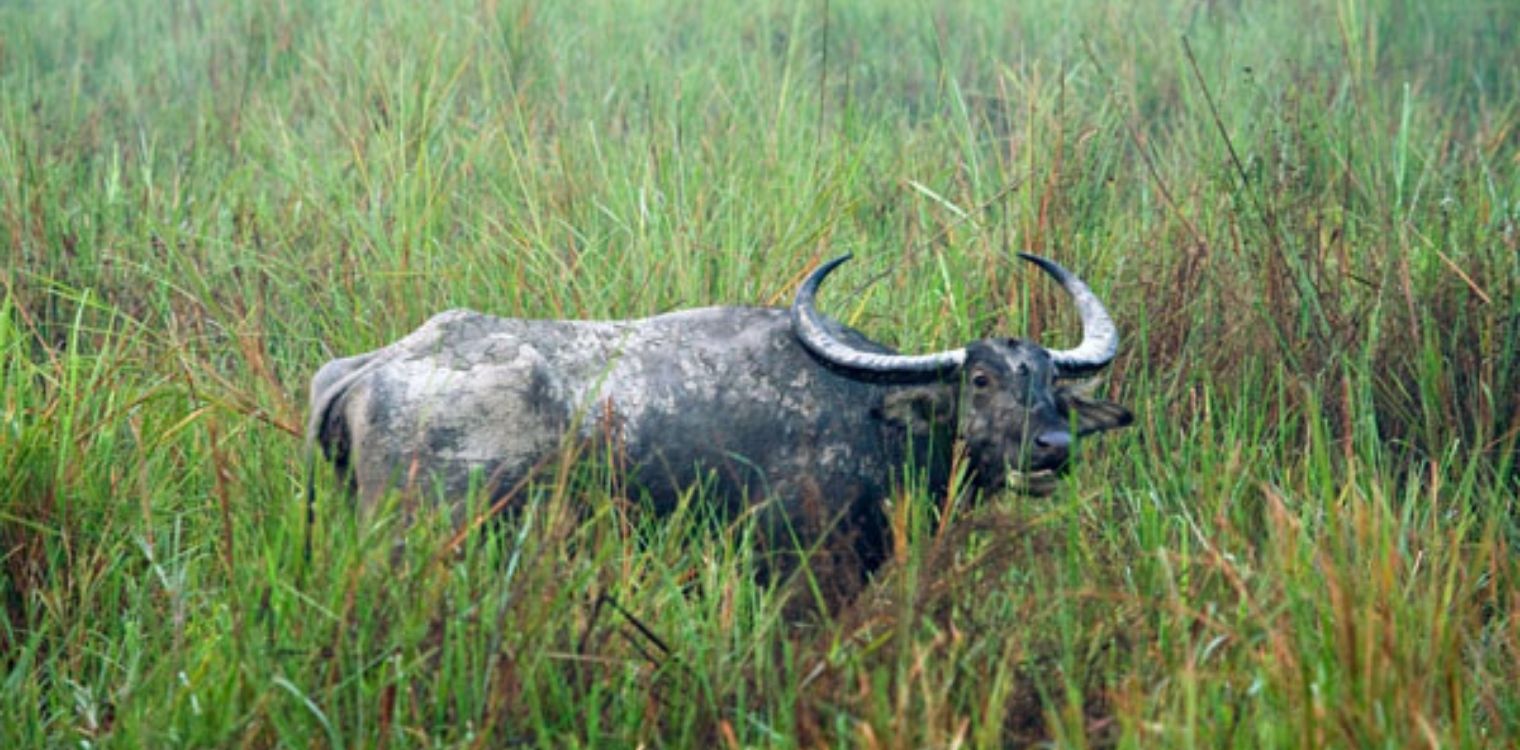
Kaziranga also offered birders great shots of Asiatic Water Buffalo, Swamp Deer and Hoolock Gibbon as well. The actual trip had come to an end.
Day 14 and 15: The last two days are spent in driving from Kaziranga to Guwahati and then a flight to Delhi from where the birders fly home.
BEST TIME FOR EAGLE NEST BIRDING TOUR: FEBRUARY TO APRIL
Picture Courtesy – Gaurav Kataria | Agami | Peter Lobo
Asian Adventures
B 9 sector 27 Noida. Uttar Pradesh.
Website www.asianadventures.net
Birding Tours –www.junglelore.com
Fixed Departures www.indiatours.website
Email – info@asianadventures.in
